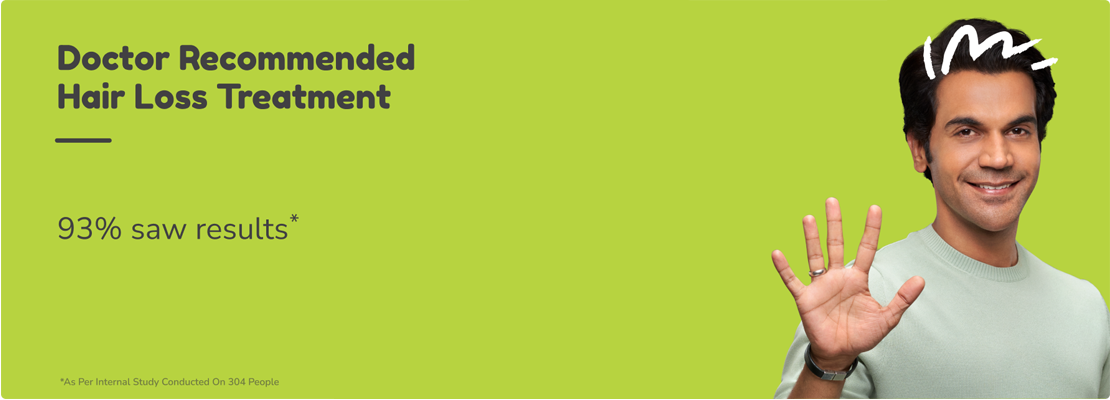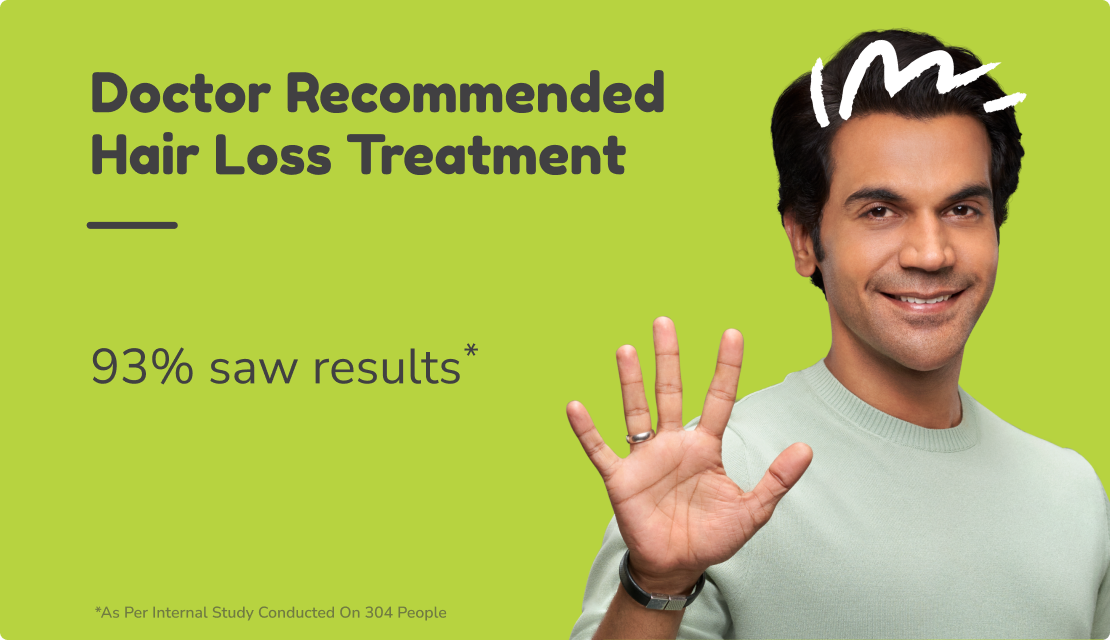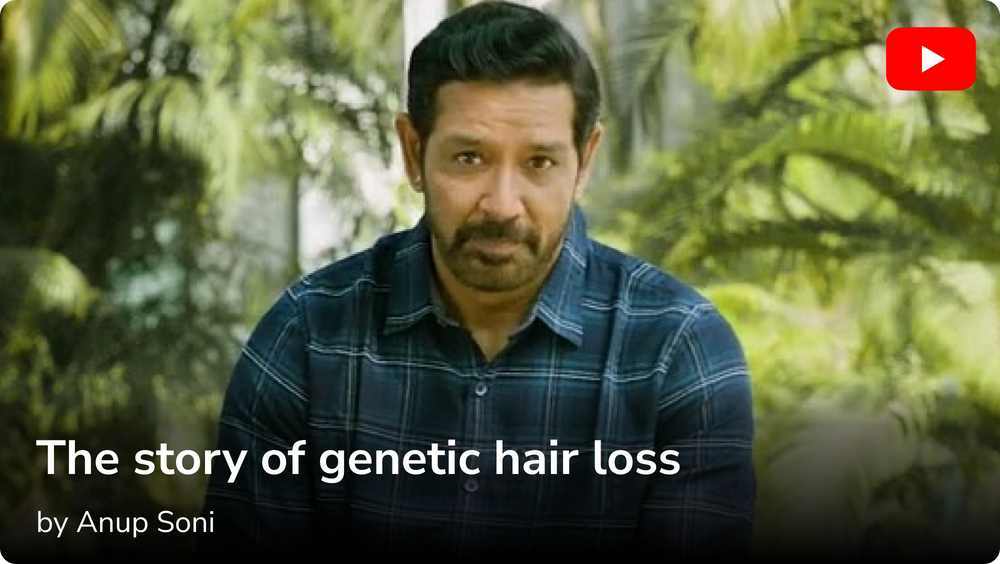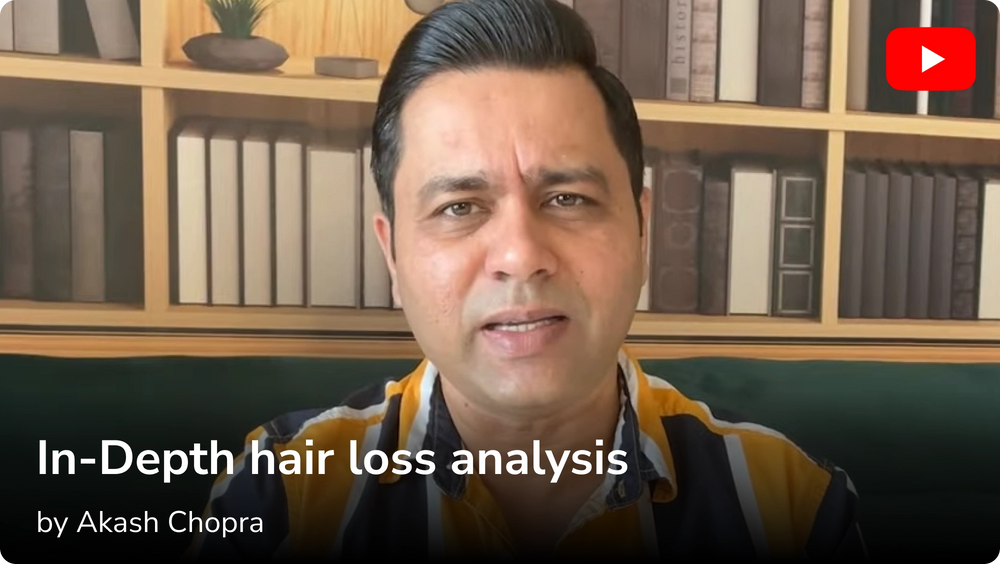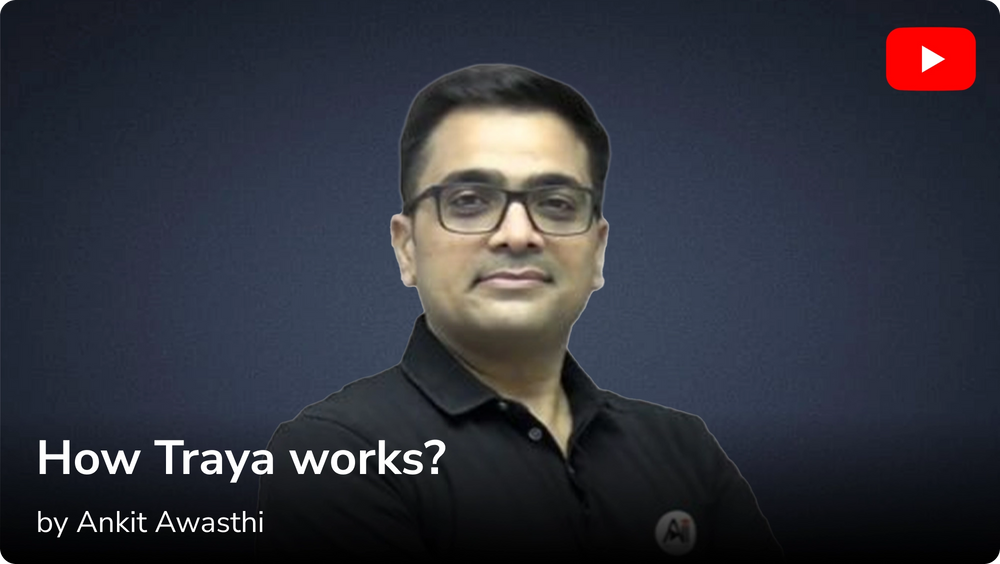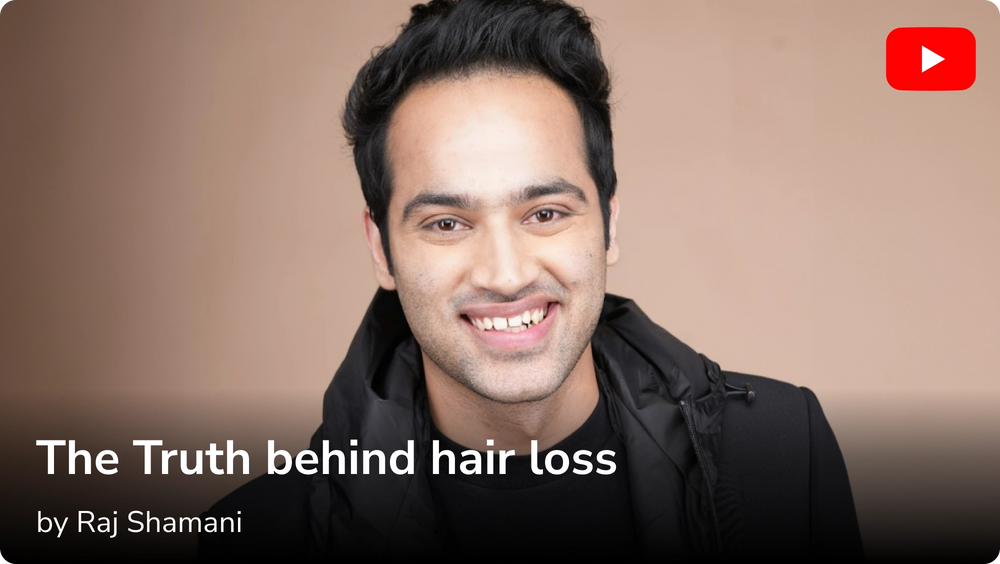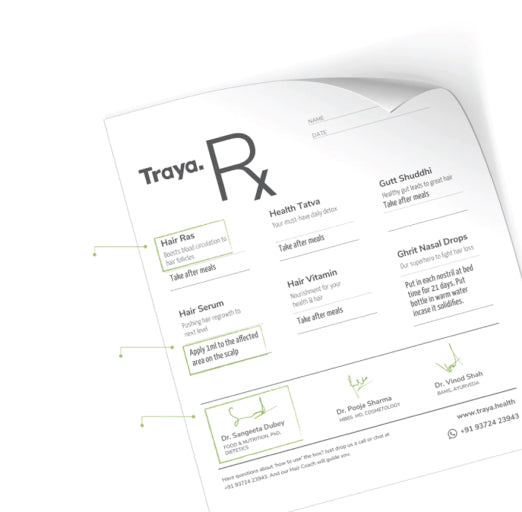What is Shiro Abhyanga?
Shiro Abhyanga is a Sanskrit word that is a combination of “shiro” meaning head and “abhyanga” meaning massage. Thus, Shiro abhyanga can be interpreted as an Ayurvedic head massage that includes the massage of the complete upper body. This includes the neck, shoulder, and head. This is an Ayurvedic procedure that addresses specific dosha imbalances and accordingly uses oils and techniques. Shiro Abhyanga massage is very beneficial for the hair, the mind, and the body. It prevents hair fall, greying, dandruff and strengthens the neck and jaw muscles too.
Benefits of Shiro Abhyanga
Before going for the many benefits of Shiro abhyanga, let’s first understand the Ayurvedic principles that work behind this. The head of the human body in Ayurveda is considered to be analogous to the roots of a tree, the abdomen to the trunk of the tree, and the limbs to the branches. Similar to the roots in a tree, the head is the core of the operations of the body. Marmas are the vital points in the body where the energy is stored and utilized. There are 12 major vital life centers or marma points in the head and neck region of the body. Thus, this region is critical to your physiological and psychological functioning.
Each marma is also the site of a dosha. Dosha is a basic nature of life, energies and actions. There are three kinds of doshas namely, Pitta, Vata, and Kapha. An imbalance involving an excess of any dosha can disturb the natural harmony and tranquillity of the mind and body. Shiro Abhyanga massage employs techniques and ingredients that address all and specific types of dosha imbalance combinations.
A major application of Shiro abhyanga massage is treating diseases of the head, mind, and sense organs. However, it is also very beneficial to the other aspects of the functioning of the body. The many benefits of Shiro abhyanga are listed below.
- Increases the circulation of blood to the brain.
- Stimulates the central nervous system.
- Improves the sense of sight, sound, and smell.
- Rejuvenates and calms the body.
- Clears the mind, relieves fatigue.
- Relieves headaches, stress, and migraines.
- Helps in aiding sound sleep and treating insomnia.
- Abhyanga massage therapy is anti-aging and helps in relaxing the eye and facial muscles.
- Reduces the stiffness in muscles and relaxes them.
- Strengthens the body tissues and enables lubrication of bones and joints.
- Improves the overall eye vision and eye strain.
- Helps treat sinusitis and jaw aches.
- Balances the activity of the pituitary and the pineal glands.
- Aids lymphatic drainage in the body.
- Tones the stomach, heart, lungs, and colon.
- It improves the texture and overall appearance of the skin.
- It increases moisturization in the skin and makes it soft.
- It calms an excess of Pitta dosha and prevents inflammatory conditions.
- It calms an excess of Vata dosha and prevents degenerative conditions.
Benefits of Shiro Abhyanga For Hair & Scalp
Along with the mind and body, Shiro abhyanga massage has immense benefits for the scalp and the hair. Some of these are listed below –
- Prevents dandruff and dry scalp.
- Prevents hair loss.
- Massaging improves the blood circulation in the scalp and the oils provide nutrients that stimulate hair growth.
- Shiro abhyanga also helps in preventing premature greying of the hair.
- Shiro abhyanga calms the mind and the nervous system, thus improving sleep and reducing stress. This prevents hair loss due to stress.
There are some other variations of the Shiro abhyanga procedure, some of which are specifically focused on the issues of the hair and the scalp. For example, Shiro Rukshata focuses on treating the dryness of the scalp. Shiro Kandu is beneficial to relieve an itching scalp.
How is Shiro Abhyanga Therapy Done
In this section, we will look at how the Shiro abhyanga procedure is carried out. Shiro abhyanga is an ancient Ayurvedic treatment that combines the two techniques of Shirodhara and abhyanga.
- In Shirodhara, the oil is steadily and gently poured as a continuous stream on your forehead, neck, and head.
- In the Ayurvedic abhyanga massage process that follows, light pressure massage is given to the head, forehead, and neck area for the oil to show its effect.
Thus, simultaneously these two therapies carried out are simply referred to as Shiro abhyanga. But before you go for the treatment, you need to prepare for it so that you can get all the benefits it has to offer. Also, there are some post-treatment things to be mindful of. Below pointers should help.
- Avoid taking a heavy meal before the session.
- Try avoiding any stressful thoughts before and during the therapy. Try to keep your mind clear and calm.
- After the session, spend the remaining day in a relaxed environment.
- Avoid large gatherings post the session.
- The oil has to be left on the head after the treatment for a few hours. It might also need to be left overnight. In such cases, you can wear a scarf around your head or put on a cap.
Once you are ready for the treatment, let’s look at the preparation that goes into getting ready the ingredients and the ambiance for the Shiro abhyanga.
- Maintaining silence
Observe no interruptions during the session. Keep your cell phones switched off. Do not play any kind of music. Any noise will disturb the exclusion and impact the relaxation of the mind.
- Maintaining room temperature
During the Shiro abhyanga session, the room must be warm. Since the head will be wet during the treatment due to the constant pouring of the oil, maintaining a warm temperature is important. If the person taking the message is susceptible to cold, keep a blanket ready if further warming is needed.
- Choose the appropriate oil
The choice of oil used for Shirodhara depends on the climate and the person who is taking the treatment. Depending on the dosha imbalance, a different oil may be used from one person to another. Sesame oil is good for Vata dosha due to its hot nature. Sunflower oil is preferred for Pitta dosha for its cooling nature. If you are using coconut oil, be careful of its cooling effects and do not use it for people having a Vata imbalance.
While the best way to get maximum benefits of the Shiro abhyanga therapy is to get it done by a professional with experience, that might not always be possible. Here, we look at the steps following which you can do a self-abhyanga massage at home with ease.
- Remove the dead cells from your skin by brushing using a dry brush. This will also prepare the pores of the skin and open them for receiving the oil.
- Warm the oil that you have chosen as per your diagnosis, climate, and preference. Use this hot oil for hair and massage.
- Take the warm oil into your hands, rub in between the palms and apply all over your body. You can start with the neck and work your way down towards the feet.
- For limbs use long strokes, smaller strokes for the joints. Massage the fingers and toes too, as well as the soles of the feet.
- Let the oil sit for about ten minutes. This will allow it to penetrate the skin tissues. This is an important step, so make sure you do not skip waiting for the oil to be absorbed after the massage is over.
- Remove excess oil with water. Make sure the excess oil is removed to avoid clogging of the pores.
This self-abhyanga massage can be practiced daily. Doing it two to three times a week can also give really good results.
Oils & herbs Used in Shiro Abhyanga
In Ayurveda, one finds more than 300 herbs that can be used to cure and rejuvenate. The Shiro abhyanga massage oil can have combinations of these herbs as per the purpose for which the abhyanga massage is being performed. This can range from a single herb to a combination of twenty or more different herbs. These herbs are infused into a base or carrier oil.
Choosing the appropriate carrier oil is equally important. Traditionally coconut oil and sesame oil have been used as abhyanga oil. The choice depends on the climate and the innate nature or the Prakriti of the person taking the treatment. Thus, while coconut oil has a cooling nature and can be used in hot and humid places, oils such as sesame oil should be used in colder climates due to their heating nature.
The other factor is the Prakriti or the body type of the one taking the treatment. If you have a Vata Prakriti, you might be having a dry scalp and should use castor and sesame oil to provide warmth and nourishment. If you have a Pitta Prakriti, coconut and sandalwood oil would be more suited to provide cooling to your sensitive scalp. Similarly, if your Prakriti is Kapha, you might have an oily scalp and can go for mustard oil in small amounts.
Traditional Ayurvedic oils infuse the healing herbs into a carrier oil and use this blend to address specific dosha imbalances. The most commonly used herbs in Shiro abhyanga massage are listed below –
Commonly used for relieving sleeplessness, anxiety, and depression, this herb balances the Pitta dosha and Vata dosha. Its infusion in abhyanga massage oil can help in easing insomnia due to stress.
These herbs are the constituents of a standard preparation using sesame oil as the base, known as Murchhita Til Tail. The ingredients are boiled in medium heat along with water, till the water evaporates, leaving oil behind. This oil is filtered and stored and can be mixed with sesame oil to be used for abhyanga.
This combination balances the Pitta and Vata doshas. It helps relieve anxiety, restlessness, and sleeplessness. These abhyanga oil uses are not just limited to massaging, it is an effective memory tonic and has various other neurological benefits along with improving the functioning of your stomach.
We recommend that you make abhyanga a part of your life. It is an ancient technique rooted in Ayurveda and is an excellent therapy for the mind and the body with considerable benefits.


